We caught up with the brilliant and insightful Tomas Martin a few weeks ago and have shared our conversation below.
Tomas, looking forward to hearing all of your stories today. One of the things we most admire about small businesses is their ability to diverge from the corporate/industry standard. Is there something that you or your brand do that differs from the industry standard? We’d love to hear about it as well as any stories you might have that illustrate how or why this difference matters.
The industry standard is to shove the suction catheter in between the victims’s head, neck, or shoulder and the stretcher pad. Other places I have seen, are the ambulance action areas, benches, victim’s chest, floors or even on top of other medical equipment. A hard catheter is used to suction vomit, saliva, or blood in patients that are unconscious or in cardiac arrest. There is no current place to store suction catheter or other airway tools before, during and after airway procedures. The risks of catheters picking up infectious diseases in hospitals, ambulances, victims homes, business, etc. is high. The catheter it self is like a loaded gun to healthcare provider as they can get blood borne pathogens exposures to their nose, eyes or mouth as well. That in of itself is not the biggest challenge. Educating and elevating the standard of care and changing decades long bad habits is.
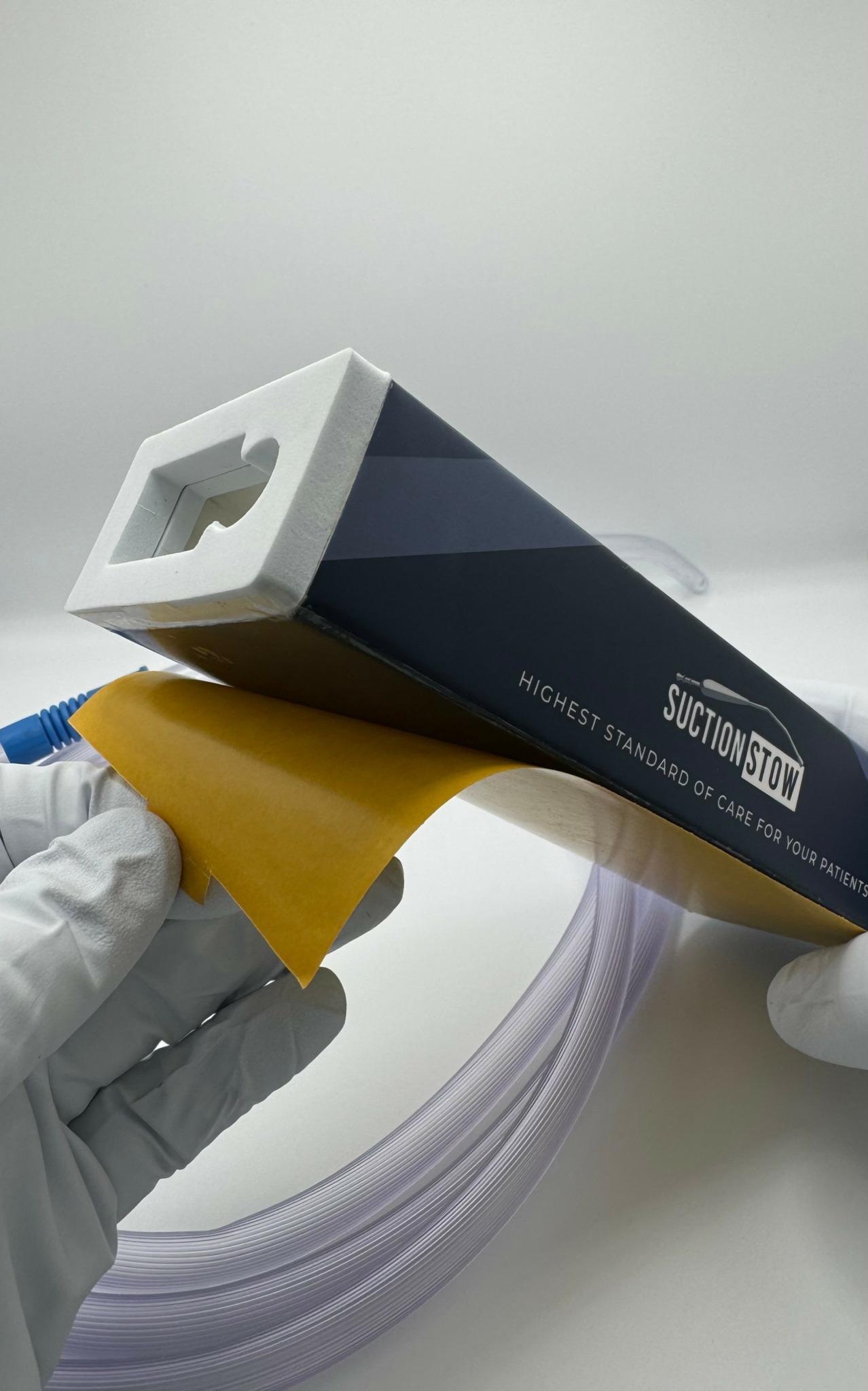
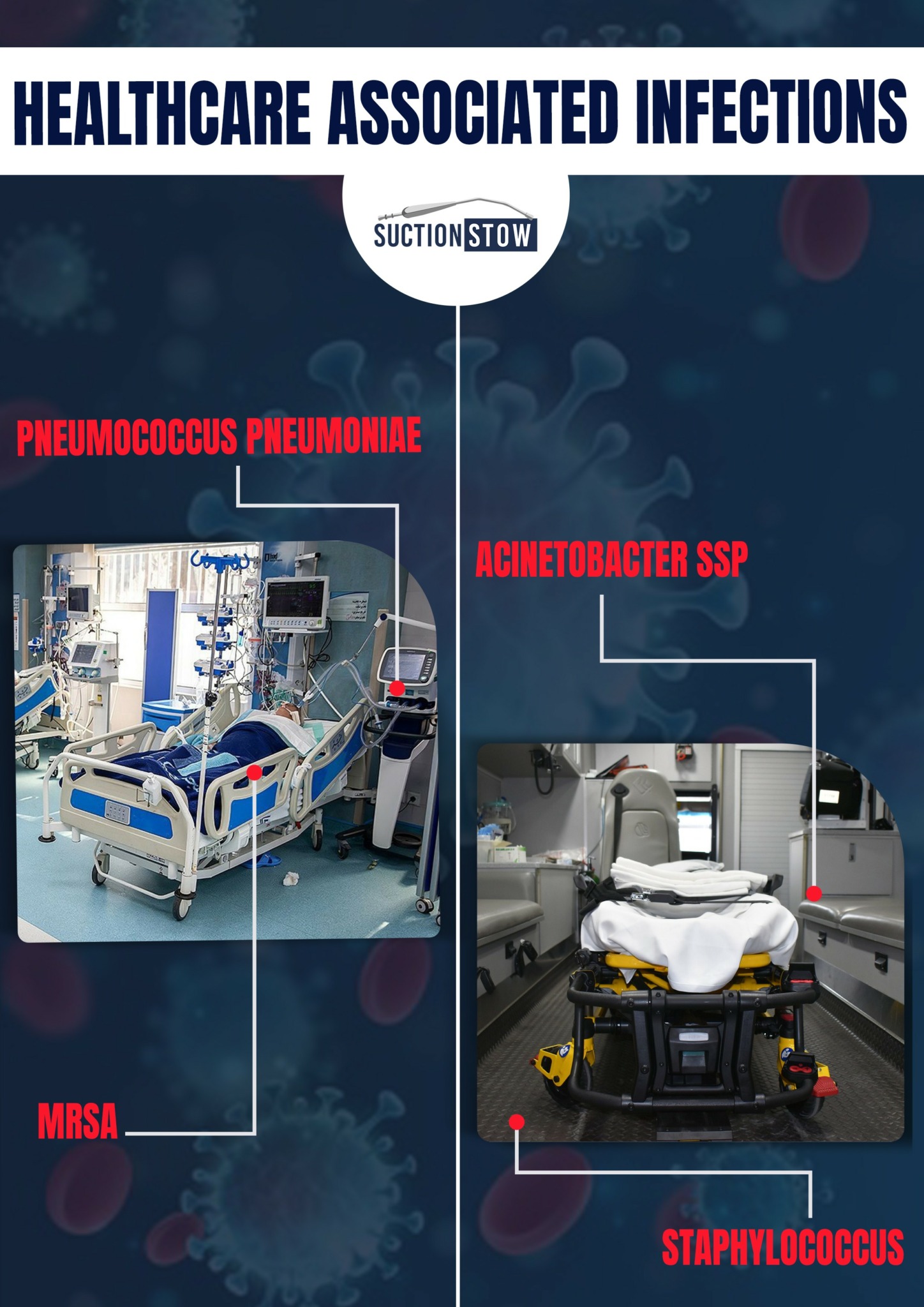
Tomas, before we move on to more of these sorts of questions, can you take some time to bring our readers up to speed on you and what you do?
I have been practicing emergency medicine as a paramedic/Firefighter in south Florida and Pennsylvania for over 20 years. In that time, under several different settings, i’ve seen the same problem over and over again. Healthcare providers, like EMT’s, paramedics, nurses and doctors don’t have a convenient and hygienic place to store hard suction catheters and airway tools before, during and after airway procedures. I have come up with a solution to storing these airway tools, keeping cleanliness and convenience in mind. I believe the patient’s outcome will be better if these tools are kept in a designated spot near the patient’s head were there is no risk of a catheter falling on the ground. Most times this is when you will need it the most. Reducing infections will save money (extended hospital stays) and resources. My critics would say, “the victim has bigger problems, like they are not breathing” or “the patient will get antibiotics anyways”. We do a really good job at “getting pulses back” but the person might die a week later because we potentially gave them an infection.
Through social media, I encourage healthcare provider to be more mindful of HAI (Healthcare acquired infections) and infection control in the pre hospital and hospital settings. Raising awareness is my ultimate goal.
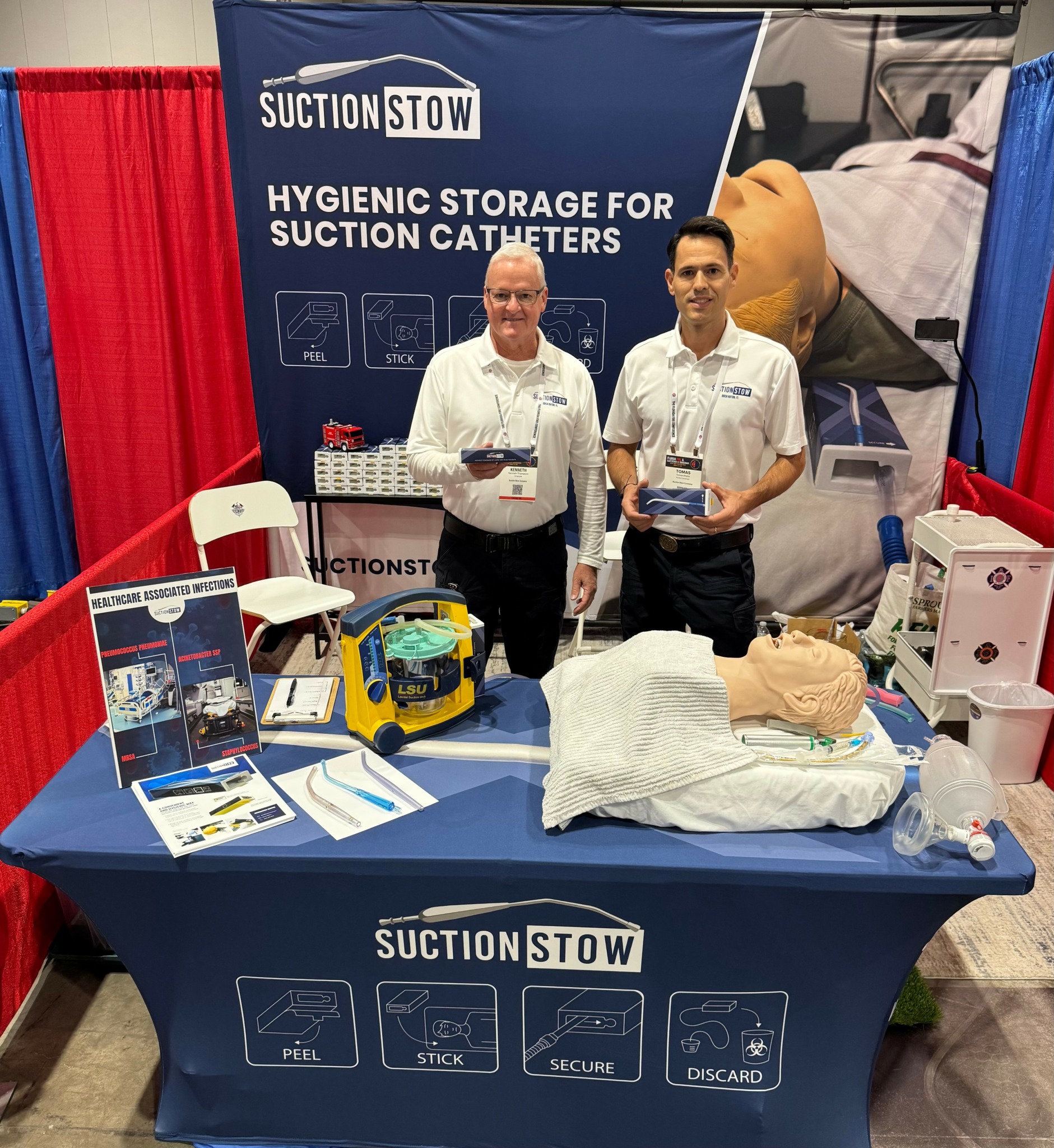
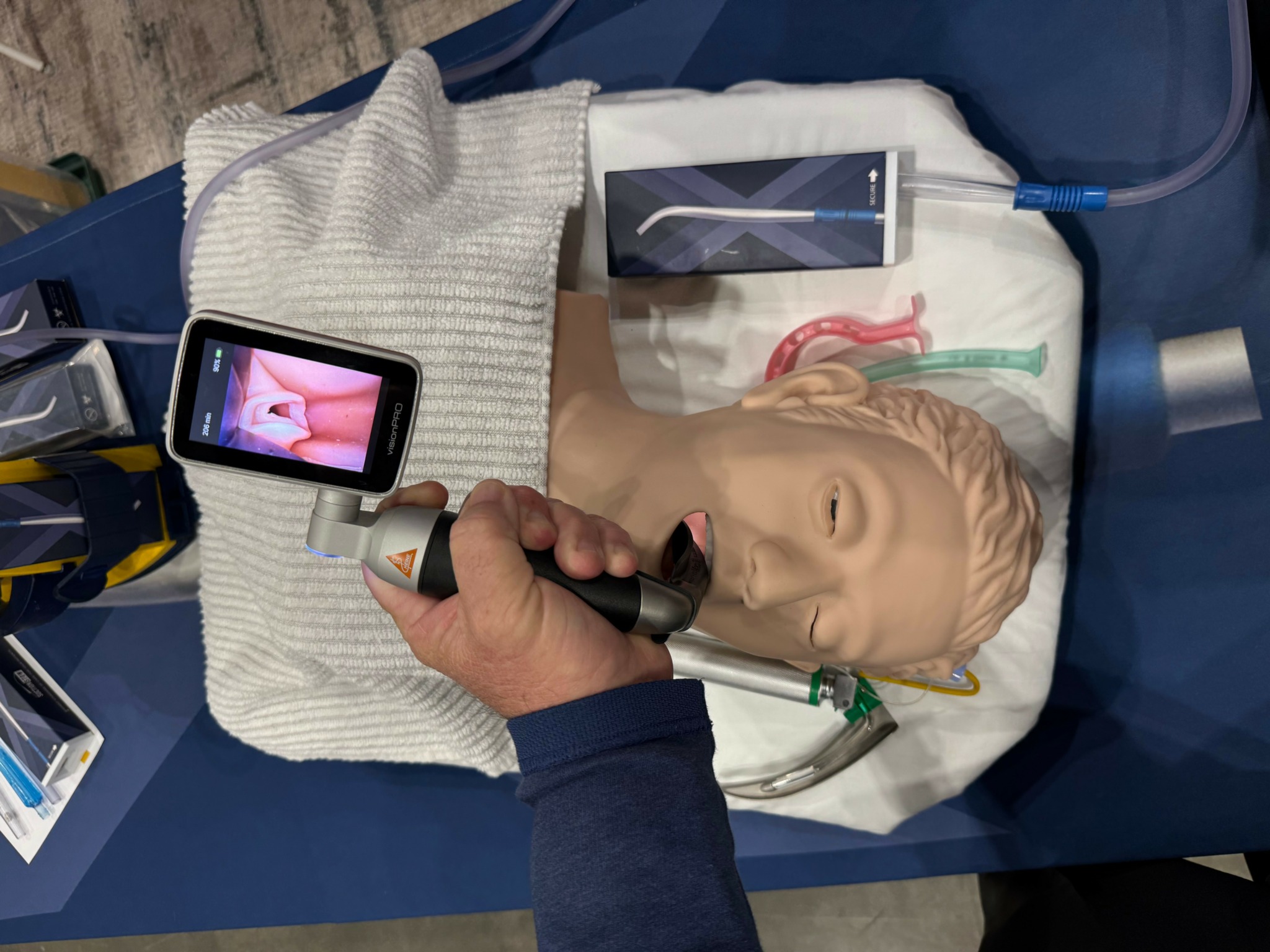
We’d love to hear a story of resilience from your journey.
The main story is, there is no story. What I mean, the standard of care has been set this way for over 100 years. You drop the catheter, “5 second rule”, put it back in the mouth. Family is not watching. Is anyone recording us?? Practice as usual. I have been said to No, so many times. I have made this issue my careers goal….to change this mind set.
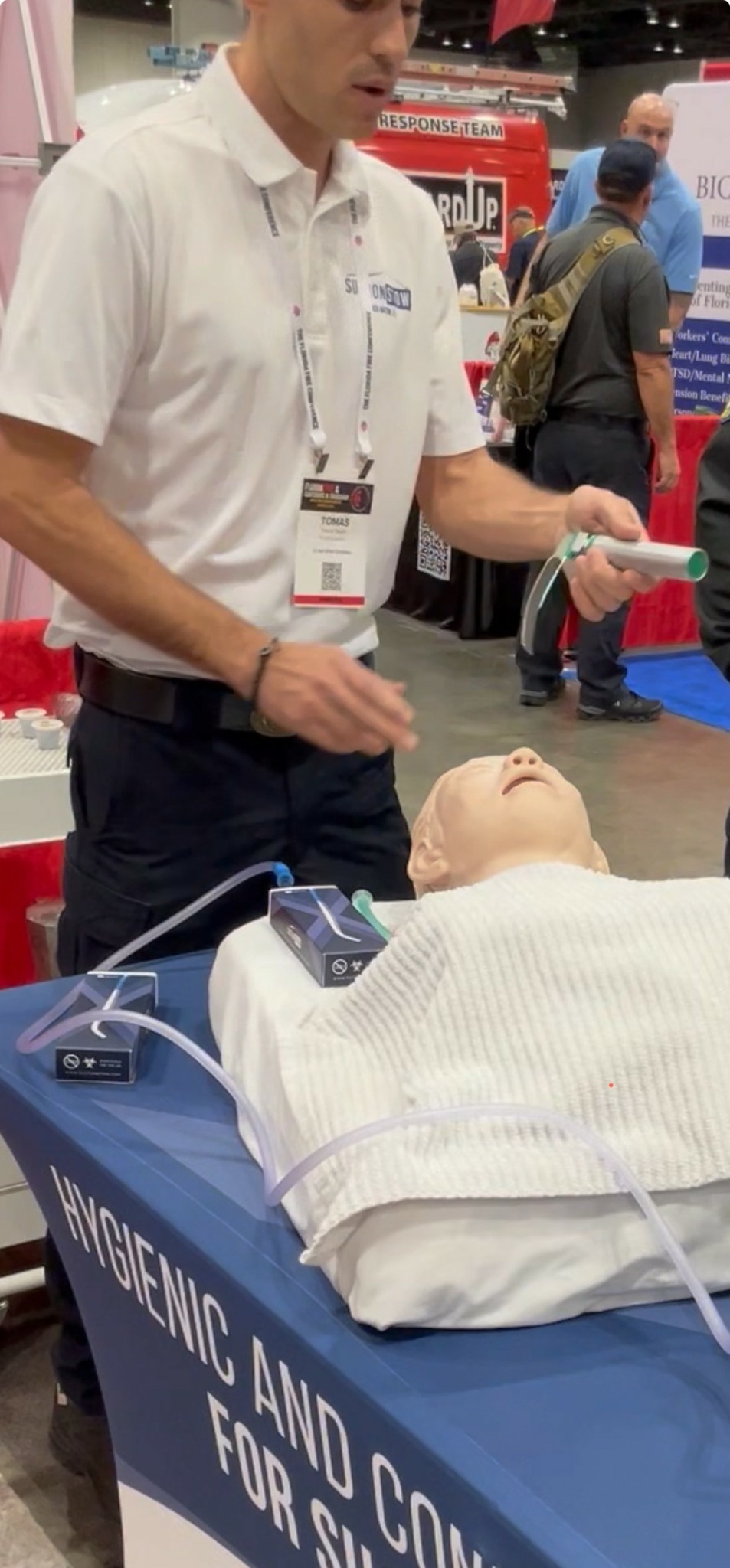
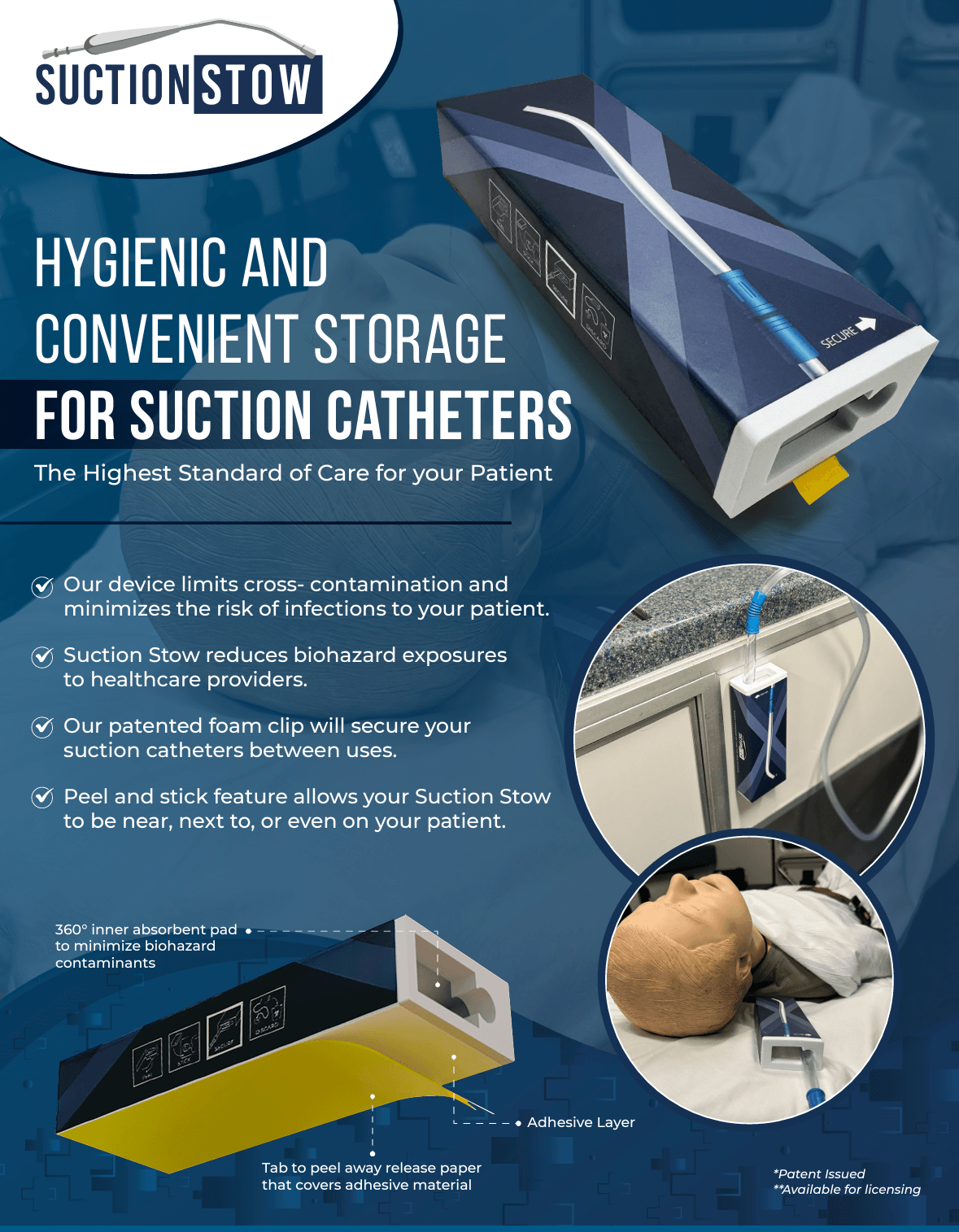
Have any books or other resources had a big impact on you?
Having a good thirst for knowledge especially in the beginning is key. These are some of the audiobooks that come to mind:
Never slip the difference
Rich dad, poor dad
Extreme Ownership
Can’t hurt me
Outliers
It’s your ship
Atomic Habits
Contact Info:
- Website: https://www.suctionstow.com
- Instagram: https://www.instagram.com/suctionstow/
- Linkedin: https://www.linkedin.com/in/tom-martin-24a138281/
- Youtube: https://www.youtube.com/@SuctionStow




